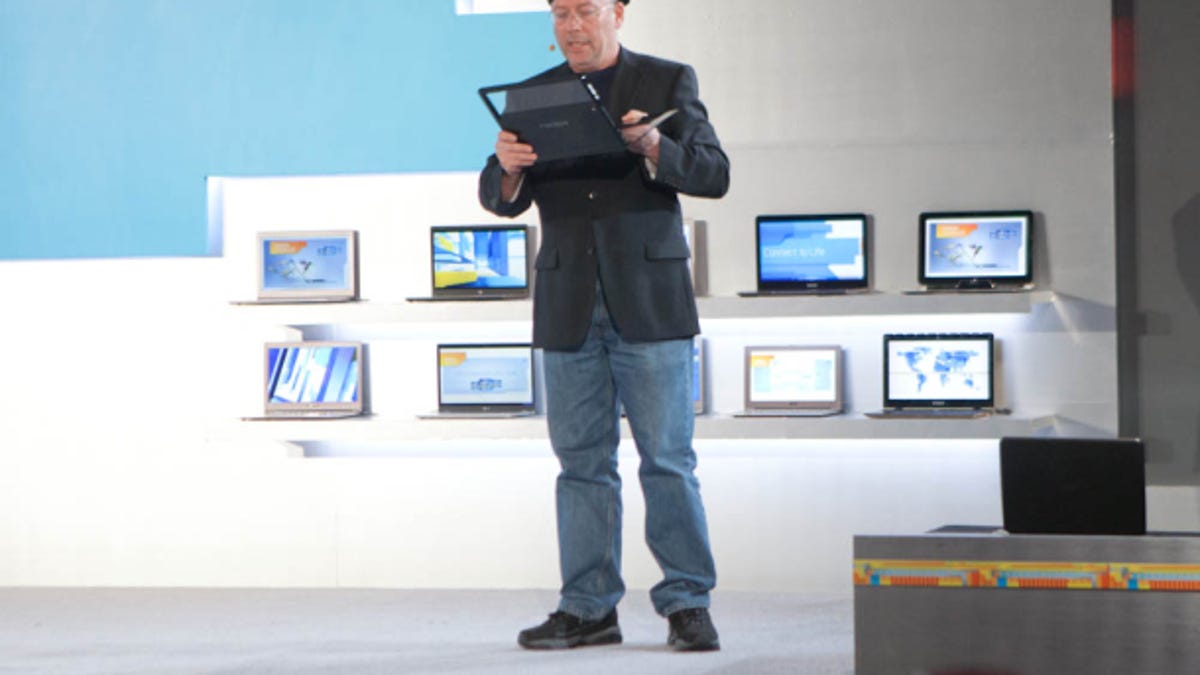Microsoft playing active role in ultrabook development?
The software company is reportedly investing time with ultrabook makers to ensure that the designs of those devices will work well with touch-enabled Windows 8 environments.

It's a software maker first and foremost, but Microsoft certainly has a vested interest in hardware.
Case in point: Digitimes is reporting today, citing sources, that Microsoft is "actively involved" in ultrabook product designs. The reason the company is taking such an active role centers on Windows 8's touch-enabled features. When displays are touched in traditional clamshell notebooks, the screens will shake and move a bit, making it difficult to handle tasks. Microsoft has now placed more stringent specifications on vendors, according to Digitimes' sources, to ensure that the touch screens will deliver a more reliable experience.
The combination of ultrabooks and touch screens is something many vendors believe could be a key ingredient in the form factor's success. Last November, Intel CEO Paul Otellini, whose company developed the ultrabook specification, said that touch-based options will become increasingly important as the devices try to compete against traditional notebooks and Apple's own iPad.
"To do that, we have to get touch to a lower cost," Otellini said last year. "This is particularly important, as we move to the launch of Windows 8. The iPad and the iPhone have made touch a paradigm."
Although ultrabooks might not be direct competitors to Apple's iPad, they are trying to take on the MacBook Air. And although Apple has popularized touch-based functionality, the company has yet to deliver what Microsoft reportedly desires by bringing touch-enabled displays to its line of MacBooks. While it's possible that might happen eventually, implementing touch functionality in an upright display is something Apple doesn't seem all that keen to follow through on.
If Microsoft has its way, however, ultrabooks with touch displays might become far more prevalent in the coming quarters. According to Digitimes' sources, touch-enabled ultrabooks featuring displays of 13 inches or above could account for 30 percent of all shipped models this year.
Microsoft did not immediately respond to CNET's request for comment on the Digitimes report.

